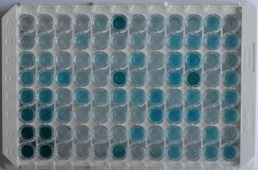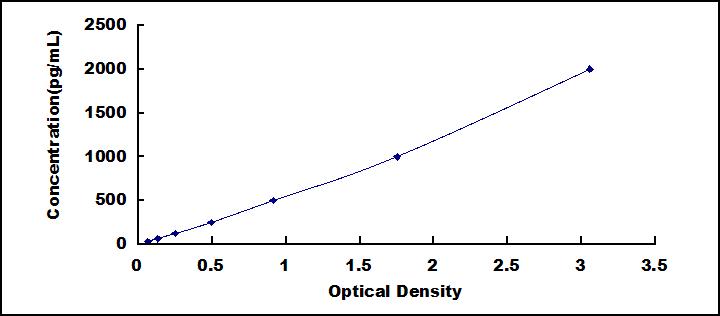Packages (Simulation)

Reagent Preparation

Image (I)
Image (II)
Certificate


ELISA Kit for Secreted Frizzled Related Protein 1 (SFRP1)
FRP1; FRP; FRP-1; FrzA; SARP2; Secreted apoptosis-related protein 2
- Product No.SEF880Mu
- Organism SpeciesMus musculus (Mouse) Same name, Different species.
- Sample Typeserum, plasma, tissue homogenates and other biological fluids
- Test MethodDouble-antibody Sandwich
- Assay Length3h
- Detection Range31.2-2,000pg/mL
- SensitivityThe minimum detectable dose of this kit is typically less than 12.4pg/mL.
- DownloadInstruction Manual
- UOM 48T96T 96T*5 96T*10 96T*100
- FOB
US$ 504
US$ 720
US$ 3240
US$ 6120
US$ 50400
For more details, please contact local distributors!
Specificity
This assay has high sensitivity and excellent specificity for detection of Secreted Frizzled Related Protein 1 (SFRP1).
No significant cross-reactivity or interference between Secreted Frizzled Related Protein 1 (SFRP1) and analogues was observed.
Recovery
Matrices listed below were spiked with certain level of recombinant Secreted Frizzled Related Protein 1 (SFRP1) and the recovery rates were calculated by comparing the measured value to the expected amount of Secreted Frizzled Related Protein 1 (SFRP1) in samples.
| Matrix | Recovery range (%) | Average(%) |
| serum(n=5) | 80-97 | 83 |
| EDTA plasma(n=5) | 92-101 | 96 |
| heparin plasma(n=5) | 79-99 | 95 |
Precision
Intra-assay Precision (Precision within an assay): 3 samples with low, middle and high level Secreted Frizzled Related Protein 1 (SFRP1) were tested 20 times on one plate, respectively.
Inter-assay Precision (Precision between assays): 3 samples with low, middle and high level Secreted Frizzled Related Protein 1 (SFRP1) were tested on 3 different plates, 8 replicates in each plate.
CV(%) = SD/meanX100
Intra-Assay: CV<10%
Inter-Assay: CV<12%
Linearity
The linearity of the kit was assayed by testing samples spiked with appropriate concentration of Secreted Frizzled Related Protein 1 (SFRP1) and their serial dilutions. The results were demonstrated by the percentage of calculated concentration to the expected.
| Sample | 1:2 | 1:4 | 1:8 | 1:16 |
| serum(n=5) | 92-101% | 86-96% | 91-99% | 91-98% |
| EDTA plasma(n=5) | 80-92% | 85-99% | 79-105% | 86-101% |
| heparin plasma(n=5) | 96-103% | 79-97% | 82-96% | 94-103% |
Stability
The stability of kit is determined by the loss rate of activity. The loss rate of this kit is less than 5% within the expiration date under appropriate storage condition.
To minimize extra influence on the performance, operation procedures and lab conditions, especially room temperature, air humidity, incubator temperature should be strictly controlled. It is also strongly suggested that the whole assay is performed by the same operator from the beginning to the end.
Reagents and materials provided
| Reagents | Quantity | Reagents | Quantity |
| Pre-coated, ready to use 96-well strip plate | 1 | Plate sealer for 96 wells | 4 |
| Standard | 2 | Standard Diluent | 1×20mL |
| Detection Reagent A | 1×120µL | Assay Diluent A | 1×12mL |
| Detection Reagent B | 1×120µL | Assay Diluent B | 1×12mL |
| TMB Substrate | 1×9mL | Stop Solution | 1×6mL |
| Wash Buffer (30 × concentrate) | 1×20mL | Instruction manual | 1 |
Assay procedure summary
1. Prepare all reagents, samples and standards;
2. Add 100µL standard or sample to each well. Incubate 1 hours at 37°C;
3. Aspirate and add 100µL prepared Detection Reagent A. Incubate 1 hour at 37°C;
4. Aspirate and wash 3 times;
5. Add 100µL prepared Detection Reagent B. Incubate 30 minutes at 37°C;
6. Aspirate and wash 5 times;
7. Add 90µL Substrate Solution. Incubate 10-20 minutes at 37°C;
8. Add 50µL Stop Solution. Read at 450nm immediately.
GIVEAWAYS
INCREMENT SERVICES
-
 Single-component Reagents of Assay Kit
Single-component Reagents of Assay Kit
-
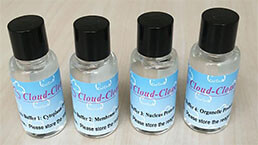 Lysis Buffer Specific for ELISA / CLIA
Lysis Buffer Specific for ELISA / CLIA
-
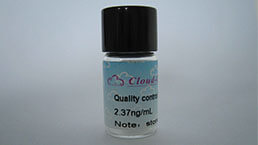 Quality Control of Kit
Quality Control of Kit
-
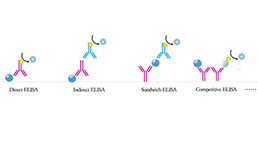 ELISA Kit Customized Service
ELISA Kit Customized Service
-
 Disease Model Customized Service
Disease Model Customized Service
-
 Serums Customized Service
Serums Customized Service
-
 TGFB1 Activation Reagent
TGFB1 Activation Reagent
-
 Real Time PCR Experimental Service
Real Time PCR Experimental Service
-
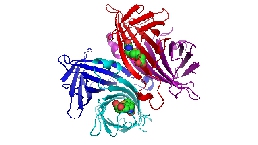 Streptavidin
Streptavidin
-
 Fast blue Protein Stain solution
Fast blue Protein Stain solution
-
 Single-component Reagents of FLIA Kit
Single-component Reagents of FLIA Kit
-
 Streptavidin-Agarose Beads
Streptavidin-Agarose Beads
| Magazine | Citations |
| BMC Musculoskeletal Disorders | Biomarkers and cytokines of bone turnover: extensive evaluation in a cohort of patients with ankylosing spondylitis PubMed: 23025387 |
| Exp Cell Res | Wnt Inhibition is Dysregulated in Gliomas and its Re-Establishment Inhibits Proliferation and Tumor Sphere Formation PubMed: 26712519 |
| BMC Musculoskeletal Disorders | Correlation of blood bone turnover biomarkers and Wnt signaling antagonists with AS, DISH,OPLL, and OYL. pubmed:28153008 |
| PloS one | Effects of exercise training on circulating levels of Dickkpof-1 and secreted frizzled-related protein-1 in breast cancer survivors: A pilot single-blind randomized controlled trial. pubmed:28178355 |
| PLoS One | Effects of exercise training on circulating levels of Dickkpof-1 and secreted frizzled-related protein-1 in breast cancer survivors: A pilot single-blind randomized controlled trial 10.1371 |
| Journal of Experimental & Clinical Cancer Research | PHF21B overexpression promotes cancer stem cell-like traits in prostate cancer cells by activating the Wnt/β-catenin signaling pathway pubmed:28645312 |
| JBMR Plus | Low serum levels of DKK2 predict incident low‐impact fracture in older women Doi: 10.1002/jbm4.10179 |
| Nature Communications | Immunological history governs human stem cell memory CD4 heterogeneity via the Wnt signaling pathway Pubmed: 32041953 |
| acta pharmacologica sinica | sFRP1 protects H9c2 cardiac myoblasts from doxorubicin-induced apoptosis by inhibiting the Wnt/PCP-JNK pathway Pubmed: 32238888 |

